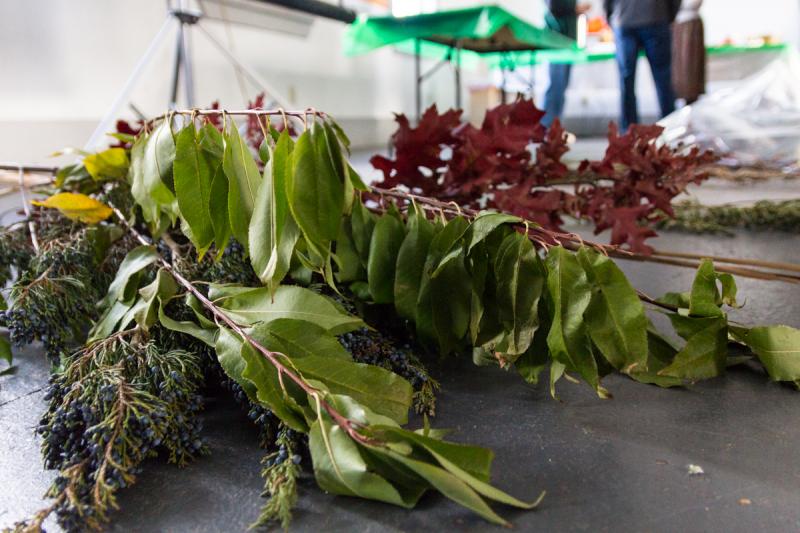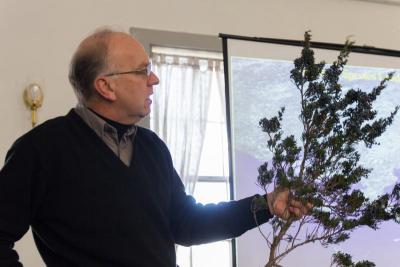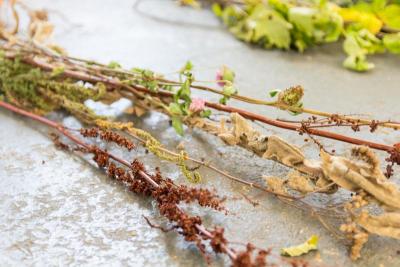Fighting back against invasive plants and species
No one would suspect that common plants that could be in your front yard are costing the government $150 billion annually. However, on Nov. 14, the Wareham Land Trust and John Pribilla of the U.S. Army Corps of Engineers warned of the problems caused by invasive species running rampant locally.
Pribilla, a park ranger at the Cape Cod Canal division of the U.S. Army Corps of Engineers, gave locals a rundown of the effects of invasive species in the area and why they’re detrimental to the health of the ecosystem.
According to Pribilla, the most significant environmental disaster of the last hundred years was not Hurricane Katrina nor Chernobyl. It was the American Chestnut blight, which destroyed billions of chestnut trees.
“[Invasive species] take over entire habitats, [they] push out endangered species and endangered species… [they] can push out entirely,” Pribilla said. “Any type of living matter…is included. It’s not just insects, it’s not just virus, bacteria.”
According to Pribilla, there are four categories of species: native, non-native, exotic and invasive. Non-native and exotic species, though foreign to the area, can typically live in harmony with native species.
“The vast majority are alien species but they don’t cause a lot of problems,” Pribilla said.
Anything from flora and fauna to insects and bacteria that are not native to the area can be classified as invasive species. Invasive species are characterized by a tendency to “cause economical or environmental harm or to harm human health,” said Pribilla. They are typically very hardy and can tolerate a wide range of habitat conditions, grow and spread quickly, compete aggressively for resources, and lack natural enemies.
They’re harmful to native species because they displace the native species, reduce forest health and alter ecosystem processes.
“Forests are under tremendous stress,” Pribilla said.
Pribilla provided some trimmings he’d gathered as examples of plants from all four categories. The crowd that turned up to learn more about the invasive problem weren’t flying blind though. Viewers had no problems identifying maligned plants like European buckthorn, Scottish broom, and trees-of-heaven which are displacing plants like cattails.
The Cape Cod Canal division has also been taking steps towards eliminating invasive diseases like rabies. They’ve begun planting rabies vaccines throughout Cape Cod in natural settings where animals can ingest the vaccine.
Locals can take matters into their own hands to help control the invasive species problem. Pribilla recommends that people become familiar with what plants are native to their particular area and to work with the local land trust for removal of invasive species.
If invasive plants take root, early intervention and removal are advised to be able to control their numbers, and long term monitoring can prevent them from spreading over time.



















